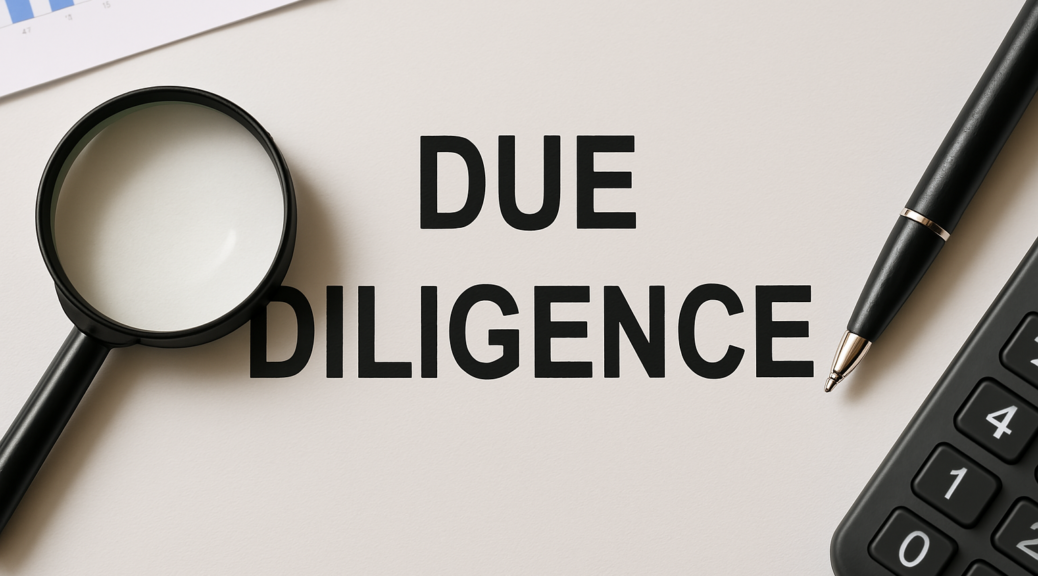In high-stakes transactions, due diligence can make or break a deal—and digital tools are reshaping how it’s done. If you’re involved in M&A, venture capital, real estate, or any form of strategic investment, you’ve probably heard the term “data room due diligence.” But are you really using it to its full potential?
According to Deloitte, nearly 60% of failed M&A deals cite poor due diligence as a primary cause. That’s a staggering figure for something entirely avoidable. And yet, many organizations still rely on outdated methods like spreadsheets and unsecured file sharing.
This post walks you through what data room due diligence is, why it matters, and how to execute it properly. You’ll also learn what features to look for in a virtual data room (VDR), common pitfalls, and how to use this tool to drive better investment outcomes. Whether you’re a startup raising funds or a private equity firm managing a portfolio, understanding this process is non-negotiable.
What is Data Room Due Diligence?
Data room due diligence refers to the use of a virtual data room (VDR) to streamline the information-sharing process during corporate or legal investigations, especially in mergers, acquisitions, audits, or capital raises.
A virtual data room is a secure, cloud-based repository used to store confidential documents. Stakeholders such as legal teams, investors, auditors, and executive leadership use it to review critical files without risking data leaks or delays.
Why is a Virtual Data Room Essential for Due Diligence?
A VDR simplifies complex document management and allows multiple parties to collaborate in real time, no matter where they are. Unlike traditional data rooms, VDRs allow:
-
Granular user permissions
-
Audit trails
-
Document watermarking
-
Full-text search
-
Version control
These features enhance transparency and trust, ultimately speeding up decisions and closing timelines.
Key Benefits of Using a Data Room for Due Diligence
H2: Accelerated Deal Timelines
One of the top benefits of using a VDR is time efficiency. With quick uploads, controlled access, and centralized communication, deals move faster. According to a McKinsey report, companies that optimize due diligence processes reduce deal time by up to 30% (https://www.mckinsey.com/business-functions/strategy-and-corporate-finance/our-insights/the-art-of-due-diligence).
H3: Enhanced Security for Sensitive Documents
When handling investor decks, intellectual property, or financial statements, security is critical. Virtual data rooms provide encryption, multi-factor authentication, and secure viewing modes. They are often ISO 27001 or SOC 2 certified, giving peace of mind to all involved parties.
H3: Improved Transparency and Control
Admins can see who accessed what document and when—helping identify bottlenecks or potential red flags early. This real-time insight empowers better negotiations and more informed decision-making.
Common Use Cases for Data Room Due Diligence
H2: Sectors That Rely Heavily on VDRs
-
Private Equity and Venture Capital: Review target company data efficiently before investing.
-
Real Estate: Share property documents, zoning permits, and financials with potential buyers.
-
Legal & Compliance: Use for internal audits, litigation prep, or regulatory disclosures.
-
Startups: Store pitch decks, term sheets, and IP documentation during fundraising.
H3: Real-World Example
A Series B startup using a data room shaved weeks off their funding round by giving investors structured, read-only access to KPIs, cap tables, and customer contracts—avoiding unnecessary back-and-forth emails.
What to Include in a Due Diligence Data Room
Make sure your VDR is populated with relevant, organized files. Here’s a quick checklist:
H4: Key Documents to Upload
-
Corporate Structure
-
Articles of incorporation
-
Board resolutions
-
-
Financial Records
-
Profit & loss statements
-
Tax filings
-
-
Legal Documents
-
IP ownership
-
Employment contracts
-
-
Operational Materials
-
Customer lists
-
Supply agreements
-
-
Compliance & Regulatory
-
Licenses
-
GDPR/CCPA documentation
-
Bullet List: Organizational Tips
-
Use clear folder naming conventions.
-
Keep documents updated and timestamped.
-
Assign roles with specific access levels.
-
Label files consistently (e.g., “2024_Financials_Q1.pdf”).
Pitfalls to Avoid in Data Room Due Diligence
-
Overloading with irrelevant files – Only include what’s necessary.
-
Poor file structure – A messy data room frustrates users and slows the process.
-
Inadequate security settings – Default permissions can accidentally expose confidential data.
-
No version control – Confusion over document updates can lead to decision errors.
Choosing the Right Virtual Data Room for Due Diligence
Not all VDRs are created equal. When evaluating options, look for:
Numbered List: Essential VDR Features
-
Role-based access control
-
Drag-and-drop uploads
-
Automated indexing
-
Q&A functionality for buyers
-
Audit logs and reporting
-
AI-powered redaction and search
Top-rated providers include Datasite, iDeals, and Firmex.
Conclusion: Making Smart Decisions with Smart Tools
In today’s fast-paced deal environments, using a VDR for data room due diligence is no longer optional—it’s essential. It not only protects sensitive data but also creates an environment of transparency, collaboration, and speed.
Whether you’re navigating an acquisition, raising capital, or performing internal audits, the right data room can significantly influence your success. By organizing your documents, assigning the right permissions, and maintaining tight version control, you ensure a seamless process that inspires trust and accelerates outcomes.
So, if you’re still relying on email threads and spreadsheets, it might be time to upgrade. A modern data room doesn’t just store information—it empowers smarter decisions.

